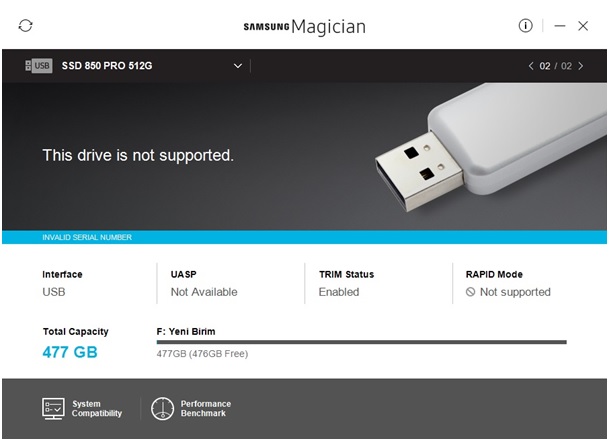

Even more, whenever a delete command is issued by the operating system or the user, the SSD automatically sends a TRIM command to wipe the storage space being erased. Instead of managing whole blocks, a TRIM enabled SSD can work with the smaller memory clusters called pages. TRIM ensures that both these issues are prevented, by eliminating the need to erase and rewrite large chunks of memory continually. These all pile up and cause fast wear of the flash memory chips that are found inside the SSD. On the other hand, it means that the SSD does lots of erasing and rewriting. On the one hand, this means that the device's performance is poor. You already know by now that when deleting and rewriting data, a solid state drive that does not use TRIM has to partially move significant pieces of information, wipe out all the block(s) containing it and, finally, write the new data onto those blocks. Doing it every time you move or delete data on your SSD translates into reduced performance for data writing speeds. To conclude, for a solid state drive to write new data on a previously occupied space, it first has to wipe it completely. Then, you would have to put all the other books back in their places. It is like emptying a whole shelf from your library whenever you want to take a book out or replace it with a new one. The whole block would need to be removed! All the information on the other pages would move to a temporary buffer memory, then be put back on the original block. On an SSD, if you decide to delete some data, it would not matter if it only occupies a page from a block. Well, if your library is a solid-state drive, things would not work that way. It would seem obvious that you only have to take the book out of that shelf.

However, what happens when you no longer want to keep one of these books? Say you want to sell it or lend it to a friend. This means that the next time the operating system tries to write new data in that area, it does not have to wait first to delete it. Furthermore, whenever a delete command is issued by the user or the operating system, the TRIM command immediately wipes the pages or blocks where the files are stored. That way, the solid state drive can access only the blocks holding the data. In other words, TRIM is a command that helps the operating system know precisely where the data that you want to move or delete is stored.
Diskkeeper vs samsung trim free#
TRIM is a command with the help of which the operating system can tell the solid state drive (SSD) which data blocks are no longer needed and can be deleted, or are marked as free for rewriting. Is TRIM turned on your SSD? What SSD do you have?.
Diskkeeper vs samsung trim how to#
How to check whether Windows has turned on TRIM for your SSD.


 0 kommentar(er)
0 kommentar(er)
